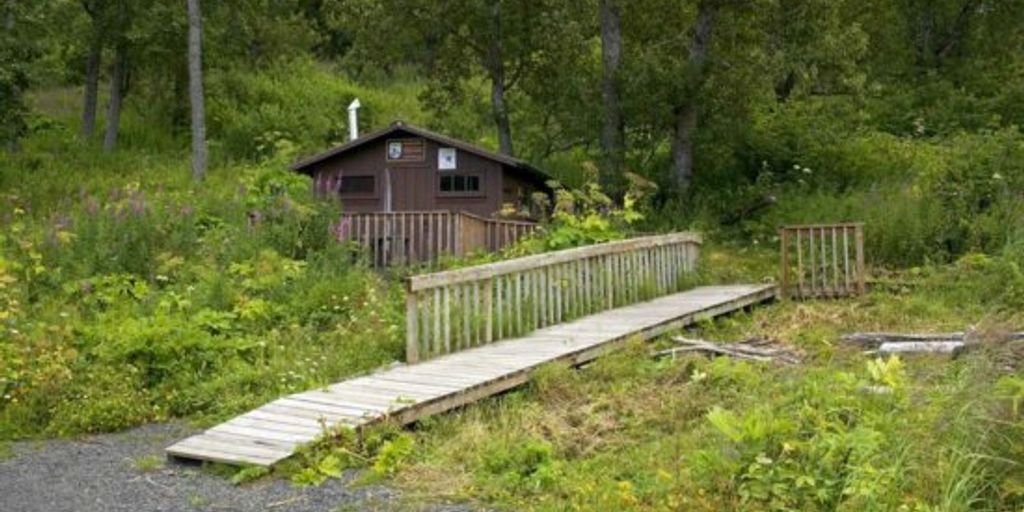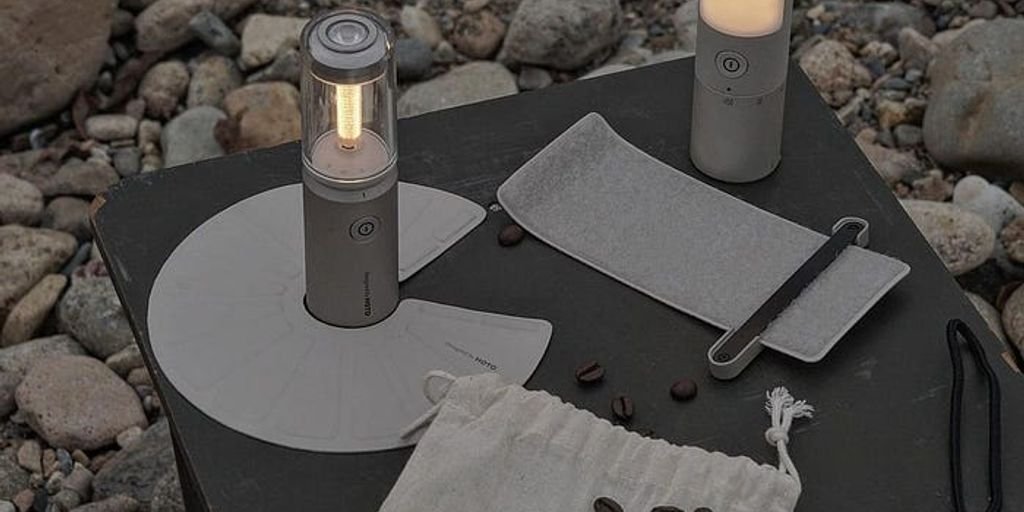Camping is a beloved outdoor activity that allows you to escape the hustle and bustle of everyday life and reconnect with nature. Whether you’re a seasoned camper or a first-timer, creating the ultimate camping experience involves careful planning and the right gear. In this article, we’ll provide you with tips and tricks to ensure your outdoor adventure is both enjoyable and memorable.
Key Takeaways
- Choose your campsite wisely by evaluating amenities, water sources, and weather conditions.
- Invest in essential gear like a reliable tent, comfortable sleeping bags, and efficient cooking equipment.
- Set up your campsite efficiently by optimizing tent placement, organizing your cooking area, and creating a comfortable sleeping area.
- Enhance your camping experience with fun activities like outdoor games, hiking, and stargazing.
- Practice sustainable camping by following Leave No Trace principles and using eco-friendly gear.
Choosing the Perfect Campsite
Choosing the right campsite sets the foundation for an enjoyable camping experience. Here are some factors to consider when selecting your ideal campsite:
Essential Gear for a Comfortable Stay
Ensuring you have the right gear can make or break your camping experience. With the right gear and preparations, you can elevate your camping experience, blending the serenity of nature with the comforts of home.
Setting Up Your Campsite Efficiently
Setting up your campsite efficiently can make a significant difference in your overall camping experience. Here are some tips to help you get started.
Optimal Tent Placement
When it comes to tent placement, practice setting it up before you head out on your expedition. Choose a flat, elevated spot to avoid water pooling in case of rain. Ensure your tent is positioned upwind from your cooking area to keep smoke and food smells away.
Organizing Your Cooking Area
Setting up your cooking station is like being a chef in a small kitchen. You want it close enough to the tent for convenience, but not so close that you’re a fire hazard. Downwind is the way to go – keeps the smoke and smells from becoming uninvited guests. Consider bringing a durable, waterproof tarp or a screen house to protect your cooking area from the elements.
Creating a Comfortable Sleeping Area
Your campsite should be a place where you can relax and enjoy the surroundings. Bring along comfortable camping chairs or a hammock for lounging. A durable, waterproof tarp or a screen house can protect your dining and relaxation areas from rain or sun, ensuring that you can enjoy the outdoors regardless of the weather. Solar-powered or battery-operated lights can add a warm glow to your evenings, making your campsite feel homely and inviting.
A successful camping trip lies in the balance between being well-prepared and flexible. With these tips, you’re well on your way to creating unforgettable outdoor memories!
Campfire Cooking Tips and Recipes

Easy Campfire Meals
Cooking over an open fire pit can be a delightful experience. You can go classic by roasting hot dogs on a stick or get a little fancier with a grill cover or cast iron pan. A great fire starter can be made from the lint in your dryer! Here are some easy campfire meal ideas:
- Campfire Bundles: Throw together a mix of ingredients in a foil packet and cook over the flames.
- Sheepherder’s Breakfast: A delicious breakfast dish perfect for the outdoors.
- Campfire Pancakes with Peanut Maple Syrup: A sweet tribute to happy camping times.
- Campfire Peach Cobbler: A family classic made in a dutch oven.
Safe Campfire Practices
Safety is paramount when cooking over an open flame. Always ensure you have a bucket of water or sand nearby to extinguish the fire if needed. Keep your cooking area clear of flammable materials and never leave the fire unattended. Here are some additional tips:
- Use long-handled utensils to avoid burns.
- Wear fire-resistant gloves when handling hot items.
- Make sure the fire is completely out before going to bed.
Using Portable Grills and Stoves
If you don’t have a fire pit, a small charcoal grill or portable stove can work just as well. These tools offer more control over cooking temperatures and can be safer in certain conditions. Here are some benefits of using portable grills and stoves:
- Consistent heat for even cooking.
- Easier to manage in windy conditions.
- Can be used in areas where open fires are not allowed.
Cooking in the outdoors isn’t much different from cooking at home, as long as you’re well prepared and bring along the right kitchen gear.
Staying Safe in the Wilderness
When venturing into the wilderness, safety should always be your top priority. Proper preparation and awareness can make the difference between a memorable adventure and a dangerous situation.
Fun Activities to Enhance Your Camping Experience
Planning activities and adventures can make the camping experience more enjoyable by providing structure and purpose to the trip. It allows you to experience different aspects of the outdoors and the local area. Planning activities can help create lasting memories. It encourages disconnection from everyday routines and technology. It allows for relaxation and well-being benefits. Planning activities creates focus, and creates opportunities for fun, excitement and variety during the camping experience.
Sustainable Camping Practices
Leave No Trace Principles
When embarking on a camping adventure, it’s crucial to practice Leave No Trace principles to minimize your impact on the environment and preserve the natural beauty of your surroundings. Here are the core principles to follow:
- Plan Ahead and Prepare: Research the regulations and guidelines specific to your camping area. Prepare a detailed plan, including necessary permits, waste disposal options, and camping ethics.
- Camp on Durable Surfaces: Use designated campsites and trails to reduce your impact on the environment.
- Dispose of Waste Properly: Pack out all your trash and waste, including food scraps, packaging, and personal hygiene items.
- Minimize Campfire Impact: Use established fire rings, keep fires small, and ensure they are completely extinguished before leaving.
- Respect Wildlife: Observe animals from a distance and never feed them.
- Be Considerate of Other Visitors: Maintain a low noise level and respect the experience of fellow campers.
Eco-Friendly Camping Gear
Choosing eco-friendly camping gear can significantly reduce your environmental footprint. Look for products made from sustainable materials, such as bamboo or recycled plastics. Here are some items to consider:
- Solar-Powered Chargers: Use solar energy to charge your devices.
- Reusable Water Bottles and Utensils: Avoid single-use plastics by opting for reusable options.
- Biodegradable Soaps and Toiletries: Ensure that your personal care products do not harm the environment.
Minimizing Waste and Conserving Resources
Conserving resources and minimizing waste are essential for sustainable camping. Here are some tips to help you achieve this:
- Pack Light: Bring only what you need to reduce waste and energy consumption.
- Use Multi-Functional Items: Choose gear that serves multiple purposes to minimize the number of items you bring.
- Conserve Water: Use water sparingly and avoid contaminating natural water sources.
Sustainable camping is not just about preserving the environment; it’s about ensuring that future generations can enjoy the same natural beauty that we do today.
Conclusion
Creating the ultimate camping experience is all about preparation, creativity, and a love for the great outdoors. By following the tips and tricks outlined in this article, you can enhance your outdoor living experience, whether you’re setting up a cozy backyard campsite or venturing into the wilderness. Remember, the key to a successful camping trip lies in balancing comfort with adventure, and being well-prepared while staying flexible. With the right gear, smart planning, and a spirit of adventure, you’re well on your way to making unforgettable memories under the stars.
Frequently Asked Questions
What are the key factors to consider when choosing a campsite?
When choosing a campsite, consider amenities, proximity to water sources, terrain, and weather conditions. Ensure the site meets your needs for comfort and safety.
What essential gear should I bring for a comfortable camping stay?
Essential gear includes a reliable tent, sleeping bags and pads, and cooking equipment and utensils. These items are crucial for a comfortable and enjoyable camping experience.
How can I efficiently set up my campsite?
To set up your campsite efficiently, focus on optimal tent placement, organizing your cooking area, and creating a comfortable sleeping area. Proper organization helps maximize space and convenience.
What are some easy campfire meals I can prepare?
Easy campfire meals include foil packet dinners, hot dogs, and s’mores. These meals are simple to prepare and perfect for enjoying around the campfire.
How can I stay safe from wildlife while camping?
To stay safe from wildlife, store food securely, keep a safe distance from animals, and be aware of your surroundings. Understanding wildlife behavior and safety practices is essential.
What are sustainable camping practices?
Sustainable camping practices include following Leave No Trace principles, using eco-friendly gear, and minimizing waste. These practices help preserve the natural environment for future campers.


